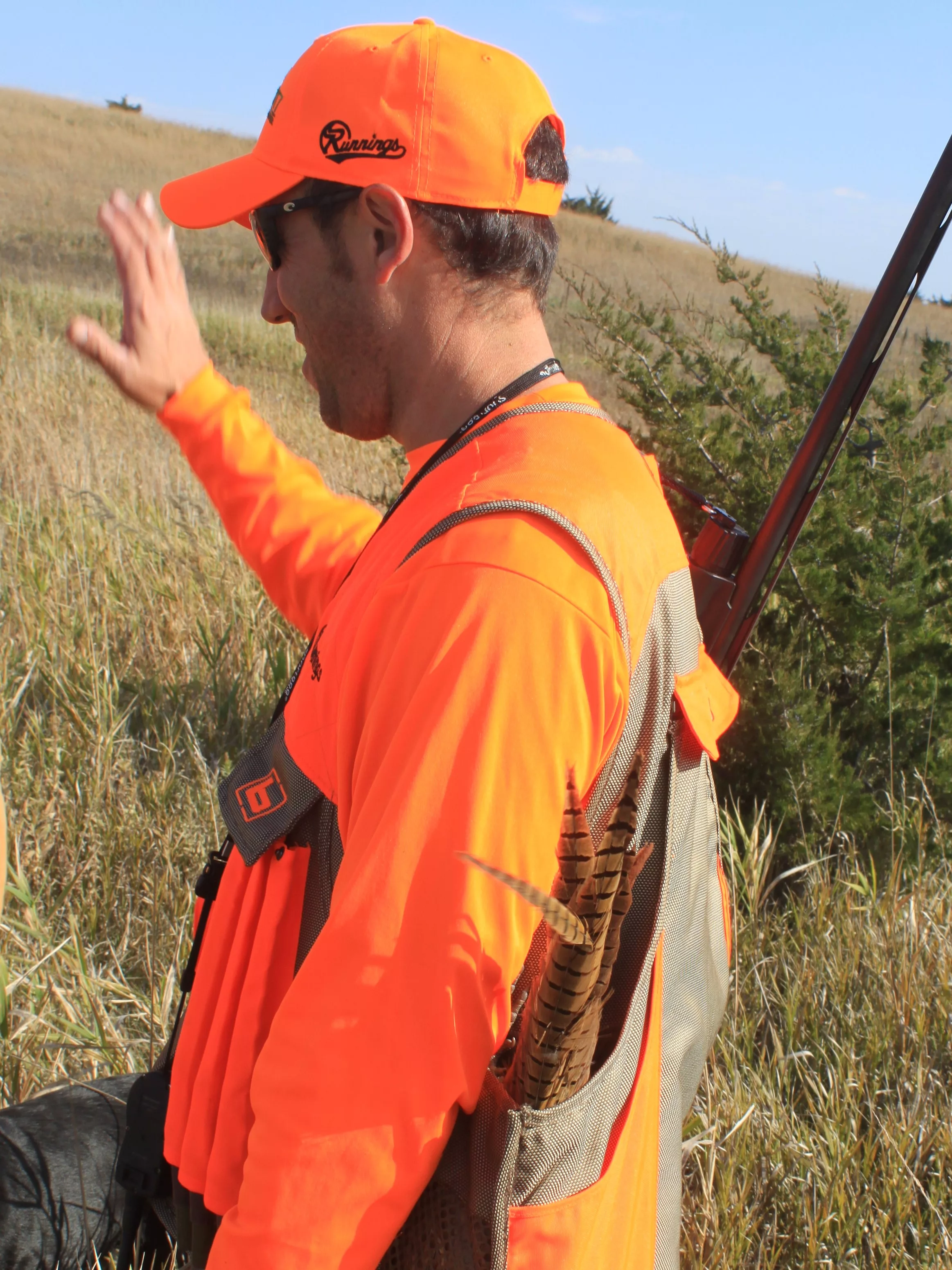
Hunters will find more habitat to hunt, and likely more success in South Dakota this fall, and potentially other states in the coming years, thanks to the beginnings of the PATH program in the Rushmore State through cooperative efforts of PF, onX and SD GFP. Simonson Photo.
By Nick Simonson
Through a partnership between Pheasants Forever (PF), the property mapping application company onX, and the South Dakota Game Fish and Parks agency (GFP), hunters will find greater access to prime pheasant habitat this fall. Thanks to the cooperative effort between the three groups, more than 11,000 acres of public-access hunting have been added to the landscape, thanks to the entities’ cooperative efforts in establishing the Public Access to Habitat (PATH) program initiated at the end of the 2023, according to Jake Hanson, Director of Development for Pheasants Forever.
“The PATH program is intended to be tied right into our mission, and it starts with habitat – creating more habitat on the landscape and ultimately creating more upland bird species and bolstering populations of wildlife,” Hanson states, adding that through that process, hunters get more access to quality areas, and in turn small town South Dakota businesses reap the rewards as well through hunting-tourism dollars spent in their stores, cafes and hotels.
PATH works by providing an additional one-time payment to landowners who enroll their acres in a state or federal conservation program with quality huntable habitat and enroll in the GFP’s Walk-In Area program which lets hunters access those private acres. The enrollment in both is required to last for ten years, and landowners receive compensation from the federal program, such as CRP, and from the GFP for the access. The added PATH incentive was funded by a donation of $250,000 from onX, along with support from local entities and PF chapters throughout the Rushmore State. This amount helps landowners’ bottom lines in an era where commodity prices are much higher, and farming is more lucrative than it was at the height of CRP enrollment in the state approximately 20 years ago.
“If you look back at data, there is a direct correlation between the number of CRP acres enrolled and on the landscape and populations of wild upland bird species. We talk about the glory days of pheasant hunting years ago and you’d walk through a field and you’d experience what folks call an epic flush of roosters,” Hanson explains, “and we understand we live in a day and time where commodity prices often outcompete what we can offer for conservation programs, and so what we’ve done is we’ve pooled together resources that have come from private donation sources, corporate philanthropy and chapter support,” he concludes.
Tapping into the tripartite arrangement between non-government entity, business, and state wildlife agency, Hanson suggests that other states have taken notice, and the PATH program is only yet at its beginning. With limited habitat on the landscape in many states throughout the pheasant belt, and even less access to hunters, the new program has provided a template for further efforts to expand habitat creation and access to it. Over the next year, Hanson suggests that PF, onX and other sponsoring entities, and other state agencies will begin forging their own PATH programs, even if the moniker varies some between jurisdictions.
“onX started this cascade effect of support and philanthropic giving toward the program, so not only did onX fund the first 10,000 acres, we were also able to go out and raise funds from community groups, individuals, families, PF chapters and some other partners to help with funds,” Hanson details, “moving forward we’re going to meet with the onX team and other corporate partners in the coming months to help determine where our priorities might lie to expand this program…into Nebraska, North Dakota, and there’s conversations about an impact in Arizona, and conversations about where we can start this in Michigan. So, as you see this web is starting to creep out beyond the South Dakota borders,” he concludes.
In three to five years, Hanson estimates the program in one form or another, with potentially various sponsors and through other state agencies could spread fully throughout the Midwest. Currently, the South Dakota PATH program has 11,981 enrolled acres, with the team recently reviewing an additional 6,500 acres for enrollment. By Hanson’s estimates, the program is on track to enroll more than 20,000 acres prior to the start of the pheasant season this fall, doubling its goal. More information on the PATH program can be found at pheasantsforever.org.
